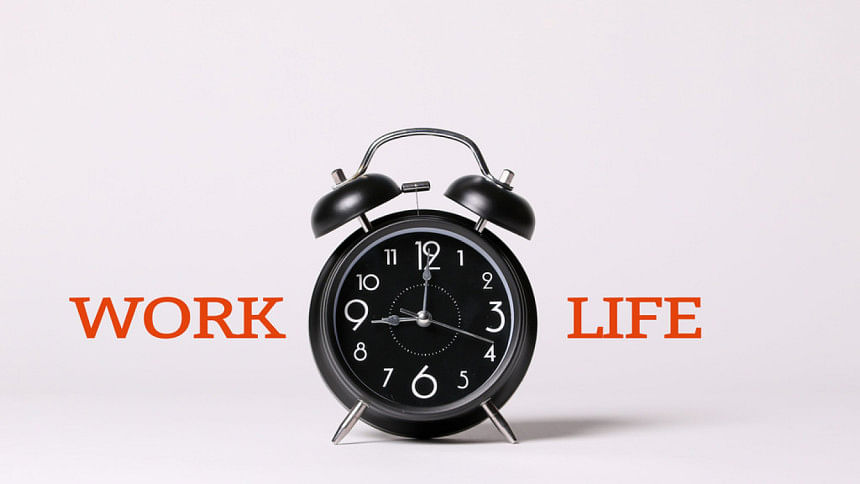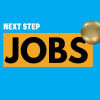Working nine to thrive: an intro to work-life integration

Stepping into the fourth year of my corporate career as an HR professional, I've been reflecting on my fair share of triumphs and struggles that have each contributed to moulding my perspective and building my resilience. Of all things, I am most pleased of making conscious efforts to focus on my career without compromising on the people and things that matter to me outside work. It was last year that I acquainted myself with 'work-life integration', initially being sceptical and gradually embracing the merits of the concept.
Work-life integration happens when career, family, community & well-being become non-mutually exclusive, meaning while some of the areas of these four elements can exist independently, many coexist & intersect. Unlike 'work-life balance', the concept transcends from the separation of work and life to maintaining a healthy blend between the demands and responsibilities of the two. Here are some of the key enablers of 'work-life integration'.
Flexible work
Flexible work refers to fluidity in terms of when, where and how professional obligations are fulfilled. It leads to increased productivity, greater control of the work schedule and improved well-being. If your workplace offers a flex work policy, that includes work from home (WFH) on certain days of the week, it is an excellent opportunity to exercise greater flexibility in your way of work. Personally, I've opted for WFH once a week, aligned with the policy at my workplace. This helped me save time on my commute on those days, and allowed for an increased grip on my day.
A smart approach would be to utilise work-from-office days on tasks and projects that benefit from face-to-face collaboration, and WFH days on those that require a distraction-free environment conducive to thinking, ideating and strategising. As for the practicability of WFH
itself, I believe those who have the compatible infrastructure, yet are still in the 'I can't work with WFH' mindset, should make an active effort to embrace this new reality and find solutions that work for them. Do be wary of the fact that WFH can present its own set of challenges and present a high derailment risk if you don't have rigid boundaries and discipline in place. However, with the right attitude, it is possible to find success working remotely.
Consistent time-offs
Surprisingly, employees often stockpile all their paid annual leaves & utilise them only at the end of the year. Unsurprisingly, this leads to high burnout throughout the year that a long break at the end of the year simply can't make up for. On the contrary, taking time offs consistently
leads to enhanced well-being, heightened innovation and spiked energy levels, all contributing to better delivery. A nifty way of planning time-offs could be by mapping bridge holiday opportunities and national holidays against your paid holiday quota. You should ideally do this at the beginning of the year to fully use up your quota, but do reserve a few to be used on an ad hoc basis. By planning in advance, I managed to squeeze in 4 overseas vacations and multiple domestic trips last year, allowing me to stay refreshed throughout the year. If you don't have an appetite for travelling, do use your time-offs for things that give you fulfilment.
Invest in self-development within and outside work, and spend quality time with your family, friends, loved ones, and most importantly with yourself. Consistent time-offs can create an enabling environment for anything that is an outside-work priority for you, such as working on your relationships, learning a new skill or two, reconnecting with a forgotten hobby or even spending a perfectly splendid day with nothing to do.
Well-being
People often tend to deprioritise well-being in the chaos and grind surrounding a demanding job, but it's very crucial that well-being occupies a focal point in one's goals for the year. There are several facets to well-being and while occupational well-being has the most relevance to work-life integration, other facets such as social, emotional, physical and mental well-being are also of high significance. These can also include personal prompts to being 'well' in your own unique way. In any case, start with basics such as eating healthy, staying hydrated and getting optimum sleep. One of the most efficient ways to improve the quality of your life at work is to carefully choose work allies who you trust with matters of significance, who challenge and grow you, serve as a sounding board for ideas and provide confidential support when need be.
No matter how packed your calendar is, try and find time to take short breaks throughout the day, connect with coworkers you appreciate and practice mindfulness. Besides, something that really helped me last year was to leverage the existing initiatives at work to reconnect with old passions such as music and sports. If your workplace has well-being initiatives in place, do try and participate in whatever appeals to you and brings you joy at work.
To conclude, I will recommend Sir John Whitmore's GROW (Goal, Reality, Options and Way Forward) model as a very useful tool to get you started on achieving your desired work-life integration. Identify your 'Goal' from said integration, assess 'Reality' on where you are now and what is possible in your current situation, determine what 'Options' you have to achieve your goal and commit your 'Way forward' to crafting an integrated work-life for yourself.

 For all latest news, follow The Daily Star's Google News channel.
For all latest news, follow The Daily Star's Google News channel. 








Comments